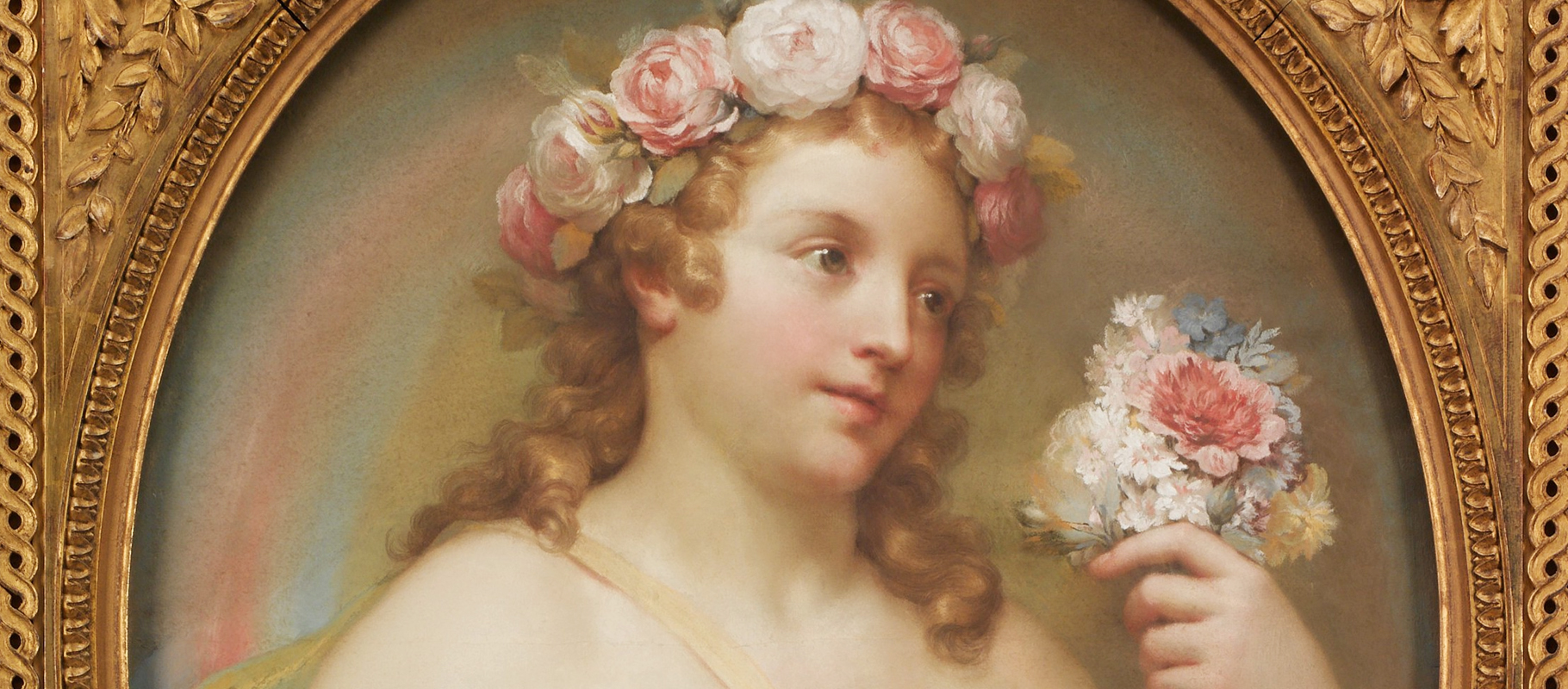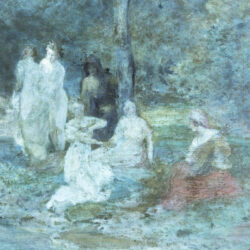Among the many different types of artworks on paper that our conservators restore, pastels are unique and delicate items. So delicate in fact, that we are often asked whether it is possible to safely restore such artworks.
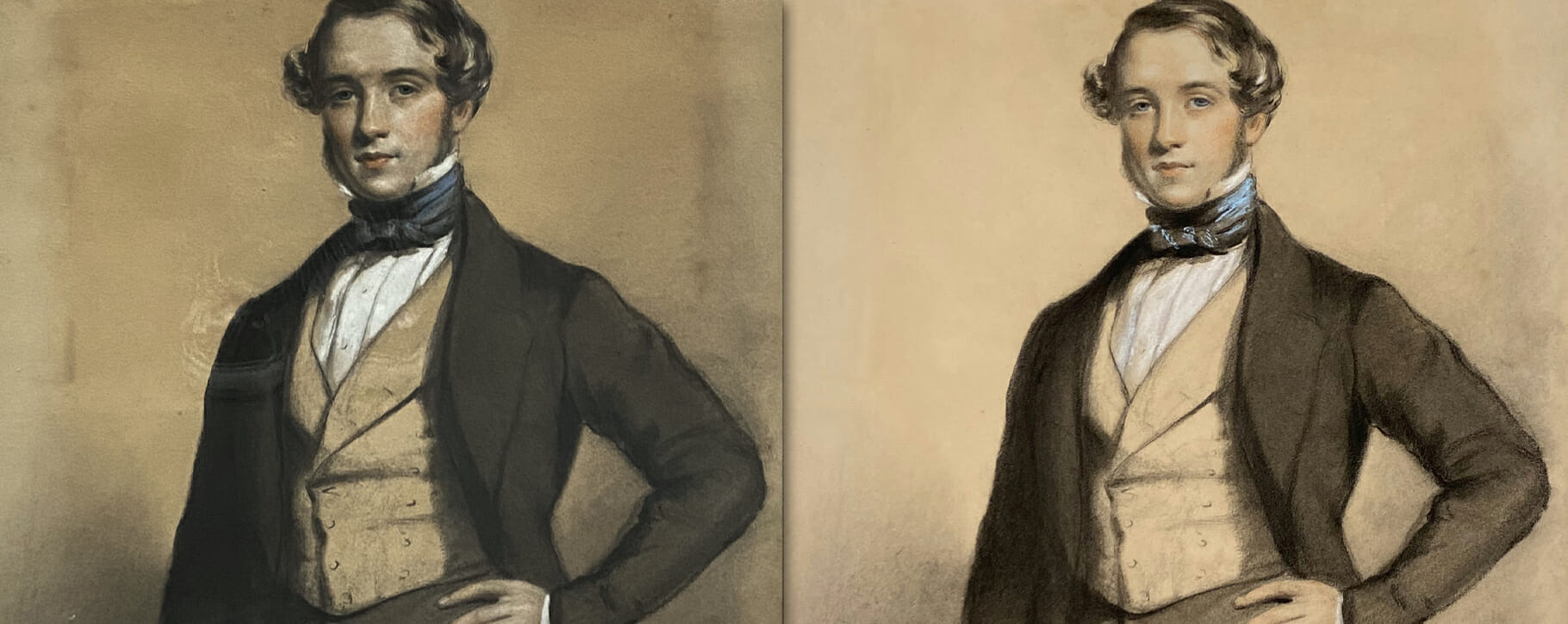
Restoring pastels is a completely safe process and will not cause any harm to the artworks when completed by a professional conservator. When a pastel comes in for restoration, the first step for our conservator is to make a full assessment of the artwork. It is important to complete this full assessment to check its general condition and other treatments it may require.

We’ve detailed below some common causes for pastels to need restoration, along with some examples. Take a look and if you have any questions, please just contact our team for obligation-free advice.
Surface cleaning
As with any work on paper, surface cleaning can achieve excellent results. There are some complex variables for our conservators to consider before the cleaning process can begin. These include the stability of the pastel and the substrate used.

When an artwork is first assessed and checked, our conservator can see the level of surface dirt that has settled. Prior to cleaning, preliminary tests are always carried out to determine the most effective method of cleaning. The paper will either require a ‘dry’ clean or a float wash. This second option sees a watercolour being treated with our cleaning solution to lift the contaminants while submerged. For pastels, any wash treatment is limited and monitored to ensure the stability of the pigments.
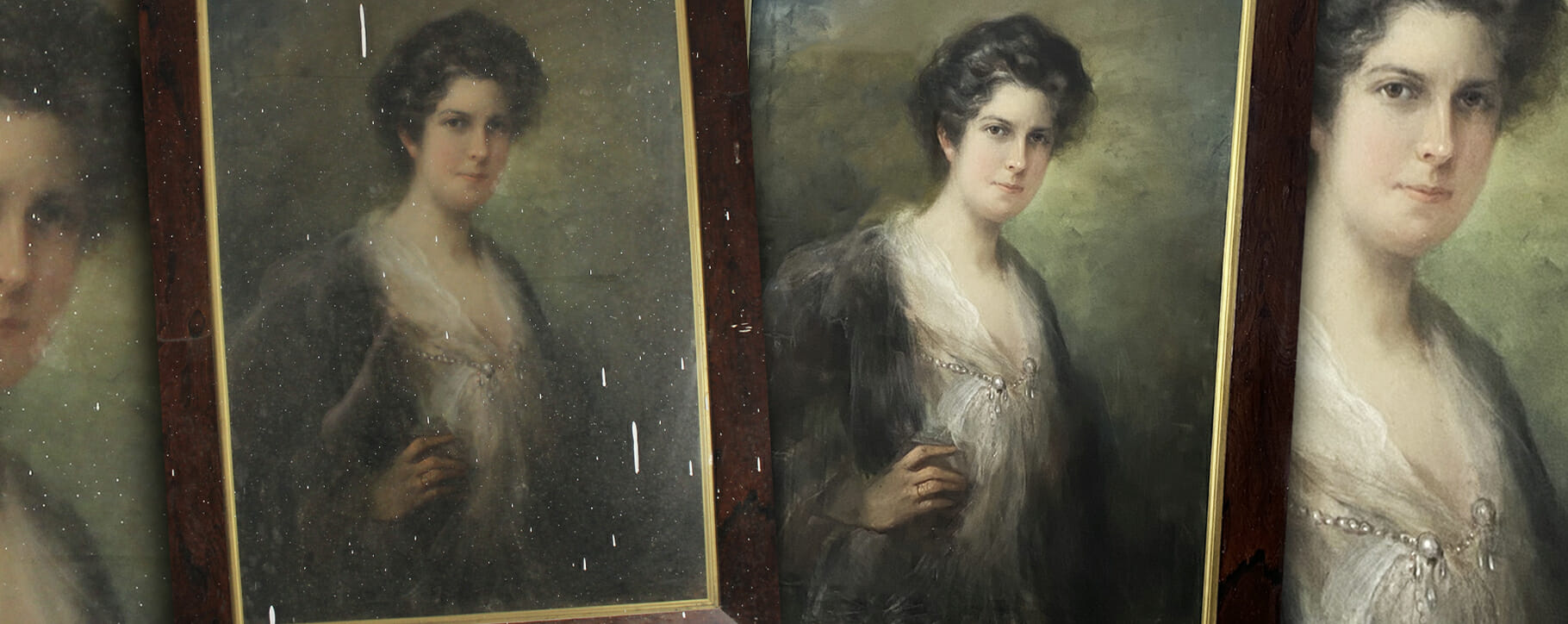
The tests we comprehensively carry out ensures the stability of the artwork, and checks that the materials will respond to the treatment well. These tests are carried out in a small area to check that the treatments are safe for the artwork. The colours will not run or become faded. The preliminary tests will guarantee that the cleaning will purely lift the contaminants and dirt lying on the artwork.
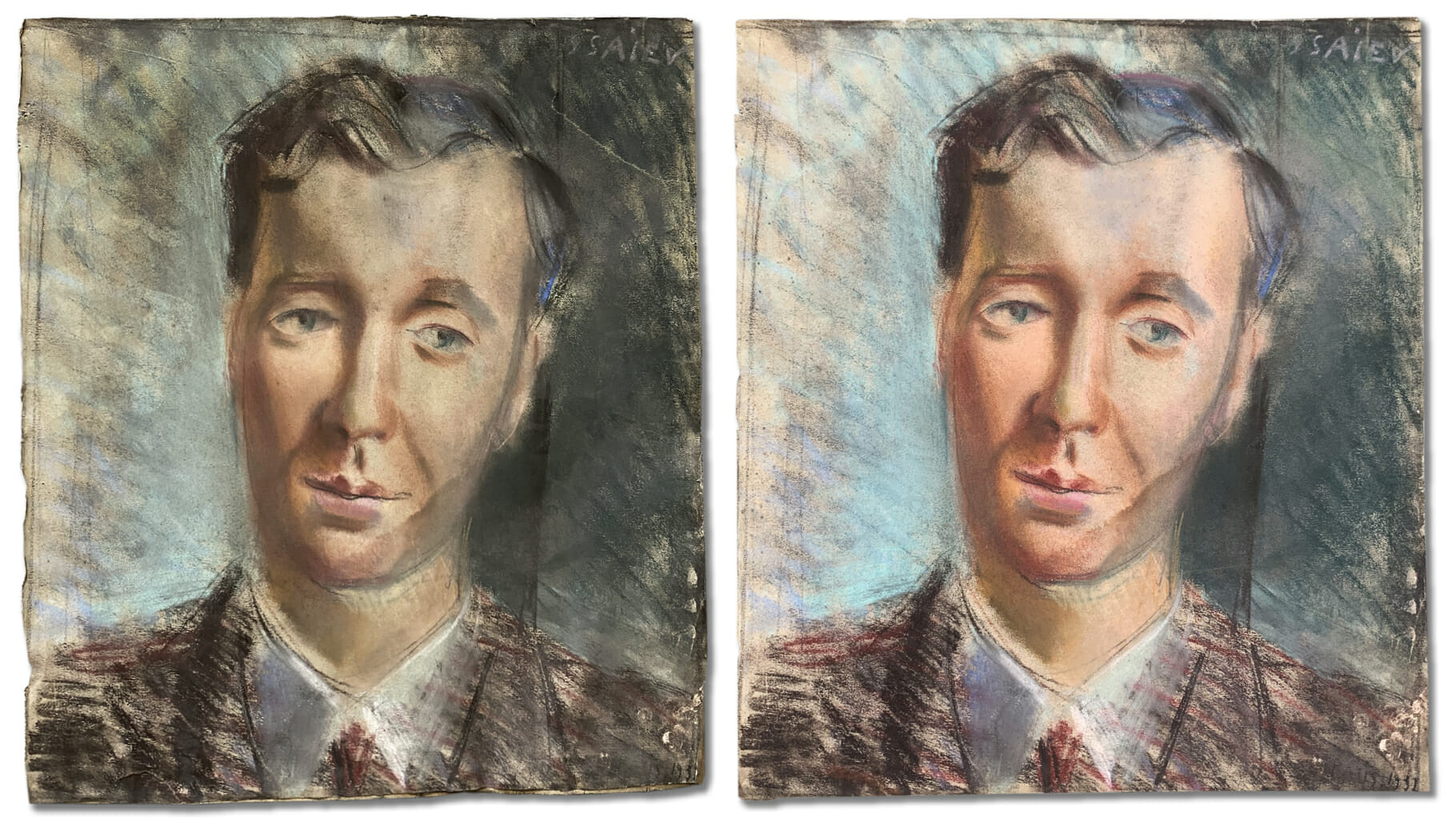
Foxing and acid damage
Moisture in the atmosphere reacting with impurities on the paper can also cause rusty brown spots, known as foxing, to appear. Foxing can be a widespread issue for many different types of paper artworks including pastels but it can be very successfully removed after treatment.
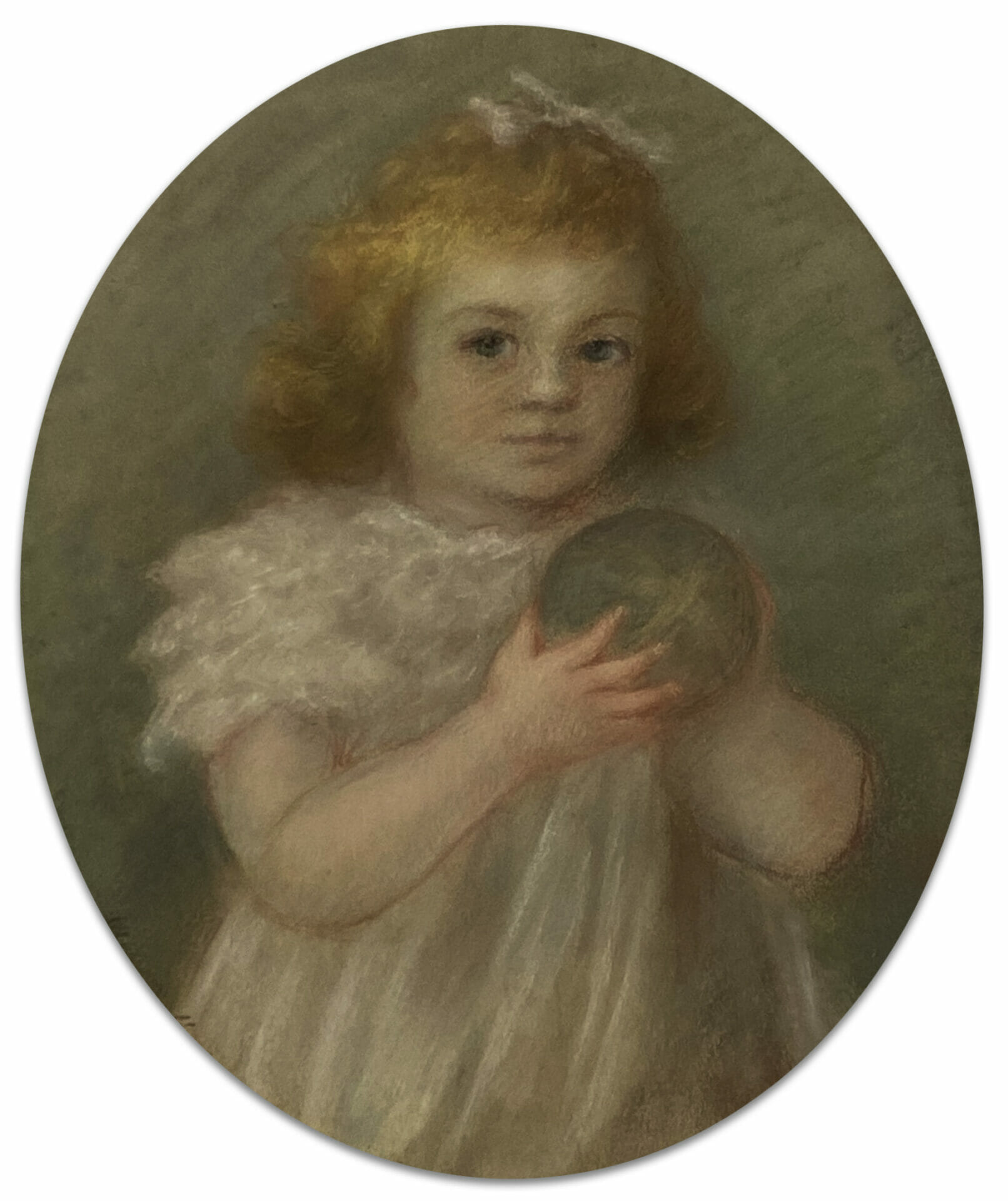
Historically, artworks on paper were framed using mounts and backing boards that are now known to contain acid. This acid leaches from the boards into the paper causing it to turn a yellow or brown colour. The damage can be fully reversed in our studio, revealing the original tones.
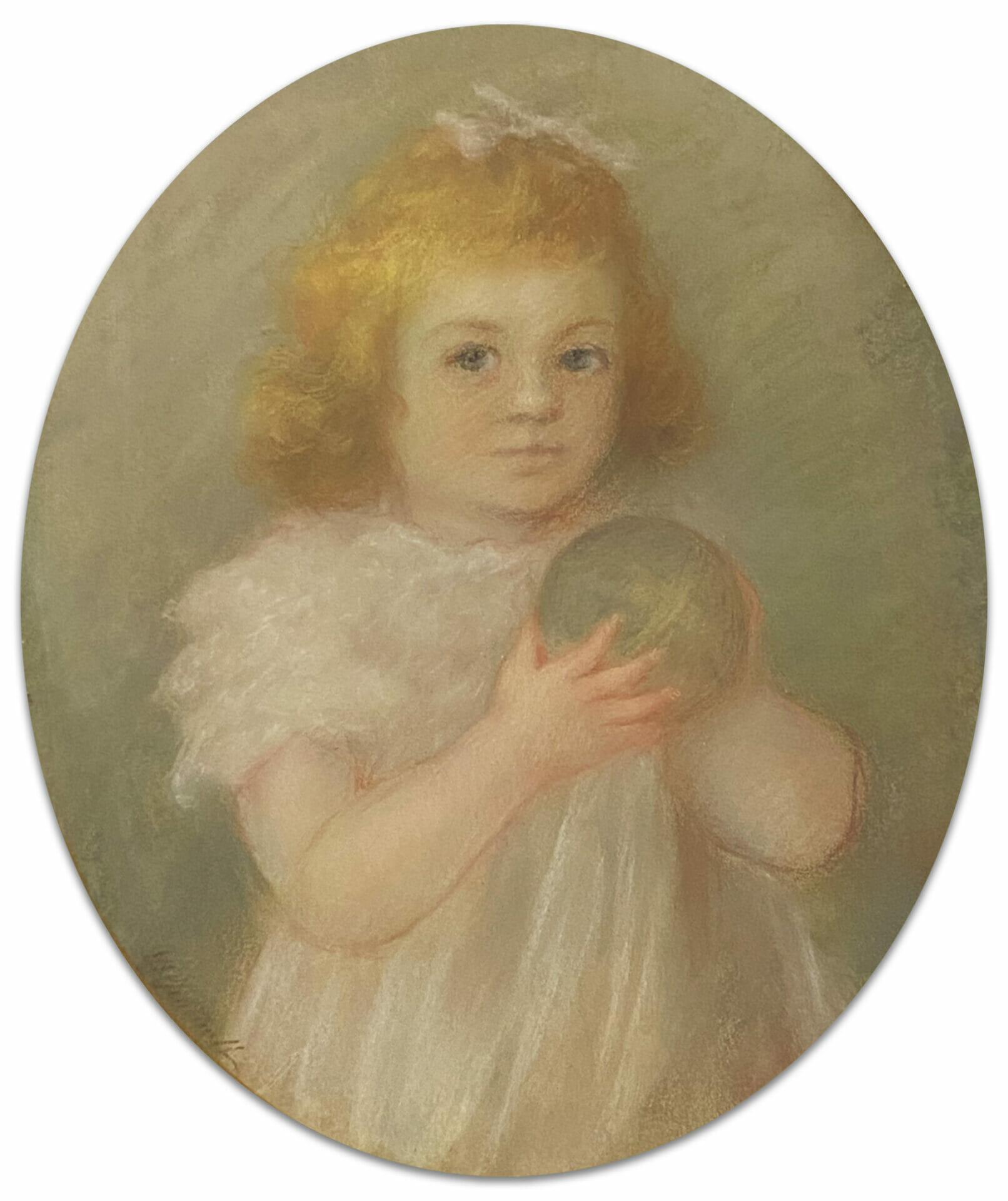
Tear repair and lining
As with any artwork on paper, any tears and missing areas can be repaired by using liquid paper pulp or lined with Japanese tissue. Pastels can be treated successfully for tear repairs. Where there is retouching required, we can use pastels and replicate the existing pigment and texture.
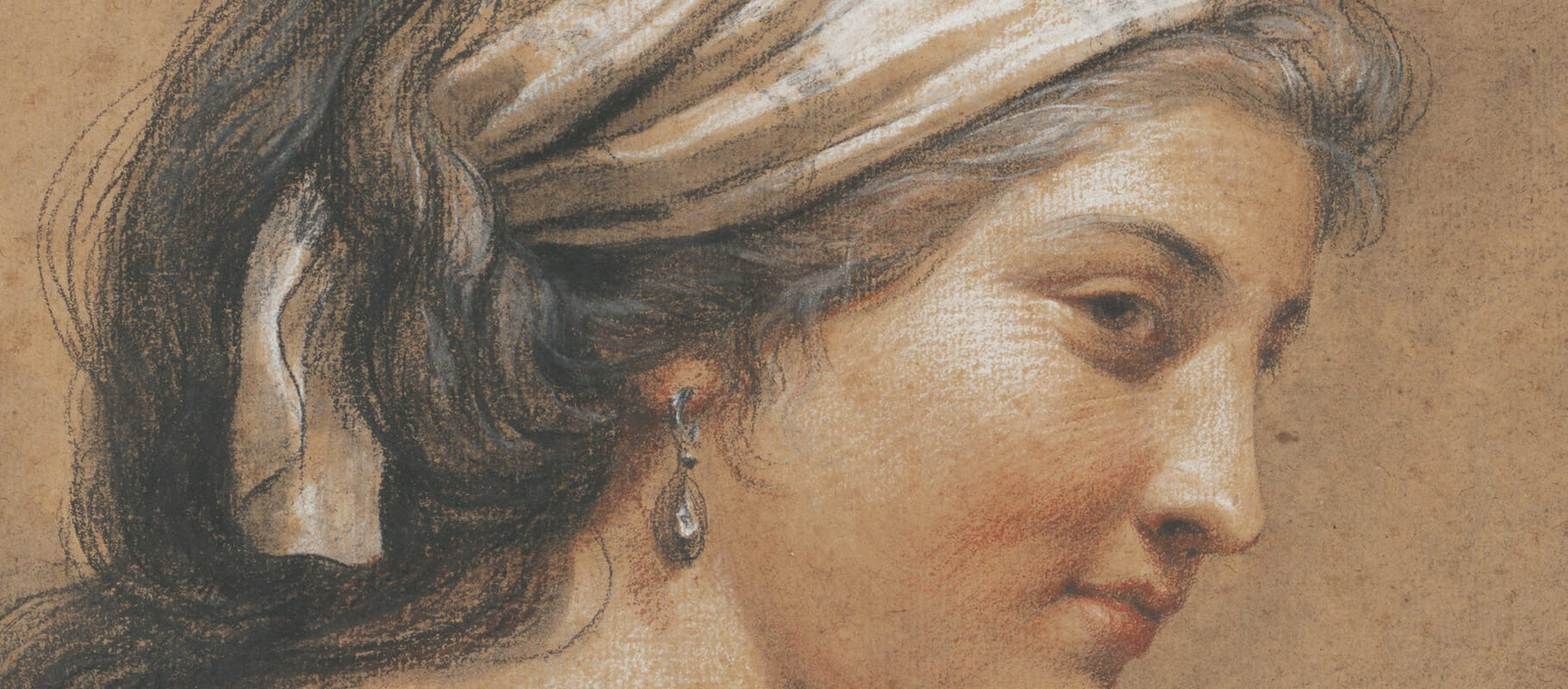
Insect damage
Unfortunately, pastels are not exempt from being affected by insect damage. Insects, such as silverfish, can eat away at paper and board. To restore artworks affected by insects, we first treat the entire artwork and frame to kill any remaining insects or eggs. Like with any tears, the damage to areas where the paper has been eaten can be filled with liquid paper pulp, and then any staining to the paper is reversed.
